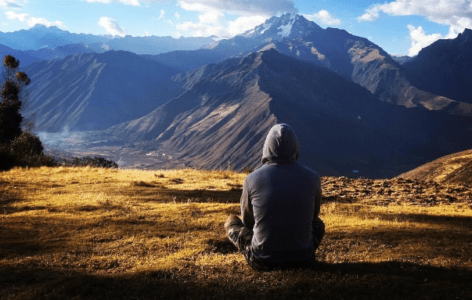Welcome to the seventh section of our exploration of the elements of the Inca altar at Qoricancha! A representation of the Andean cosmovision.
It shows us the hierarchies of Inca criteria; moreover, it explores the reasons for correspondence and equality, presenting a symbol that continues to be studied.
If you haven’t seen Part 6 yet, we remind you to read them first and then come back here.
Symbolism Description
Otorongo in Qoricancha
It is a feline up to 6 meters long, which lived extensively throughout the Antis or jungle region and was the representative animal of its kind.
This spotted animal, like a leopard, is in Andean paraphernalia as a symbol of valor, cunning, sagacity, perseverance, and judgment.
The otorongo is not a predatory or voracious animal. It feeds moderately and never kills without hunger.
It can descend from a high tree in two jumps and cross a wide river against the current.

The Incas had a deeply rooted totemic concept, and in their own pantheon, this beautiful animal reigned.
They used the otorongo’s skin to line royal quarters and intended it to serve in their armies; many of these animals lived in Qosqo.
The Inca awarded the otorongo’s skin as a prized reward to victorious generals.
They did not eat meat frequently; they primarily consumed vegetables and fruits, with meat limited to cuy, Challhua birds, and certain insects.
Condor in Qoricancha

He is the king of the heights. With him, the hierarchical order of the beings that populate the three worlds is completed.
The condor represents humanity’s aspiration to rise above its own condition. It’s the challenge of reaching great heights.
It guides the way to the summits of the mountains and signifies constant vigilance, being attentive to everything happening around oneself.
Ccuya
In Qoricancha Altar, signifies emptiness, the unknown, the unfathomable, the unimaginable, the true, and the sacred. It represents the universal image of unity.
This center in the altarpiece represents the ideal image of God; it is the knowledge that the Incas had of the existence of a Supreme Creator.
A Supreme Being who governs all that exists and all that does not exist. An inconceivable and incomprehensible entity.

Some past scholars attempt to deny the undeniable, which is attributing to the Incas a lack of knowledge about the supreme being.
This is absolutely false and a recklessness only understandable as an effort to promote a new form of eradication.
The Incas did not forge one of the greatest cultures of all time overnight; indeed, it is false that the Inca era lasted no more than 300 years. In fact, in light of new research, we can now almost assert that Inca Manco Capac was already reigning as early as the year 1000 of our era.
Ymaymana
God was known and recognized from very ancient times.
The worship of other entities such as the sun and the moon, as observed in the altar of Qoricancha, corresponds to an animistic conception; this practice reflects an excess of spirituality rather than a lack of it.
In Andean civilization, people know God by many names, including “Wiracocha Pachayachachiq,” which means Maker of the water and creator of the earth.

He is also called “Ylla Tecse,” which means Universal Radiant Light; similarly, he is referred to as Camac or Generating Principle.
Other names include Tuapaca, Arnauán, Imaimana, and others.



